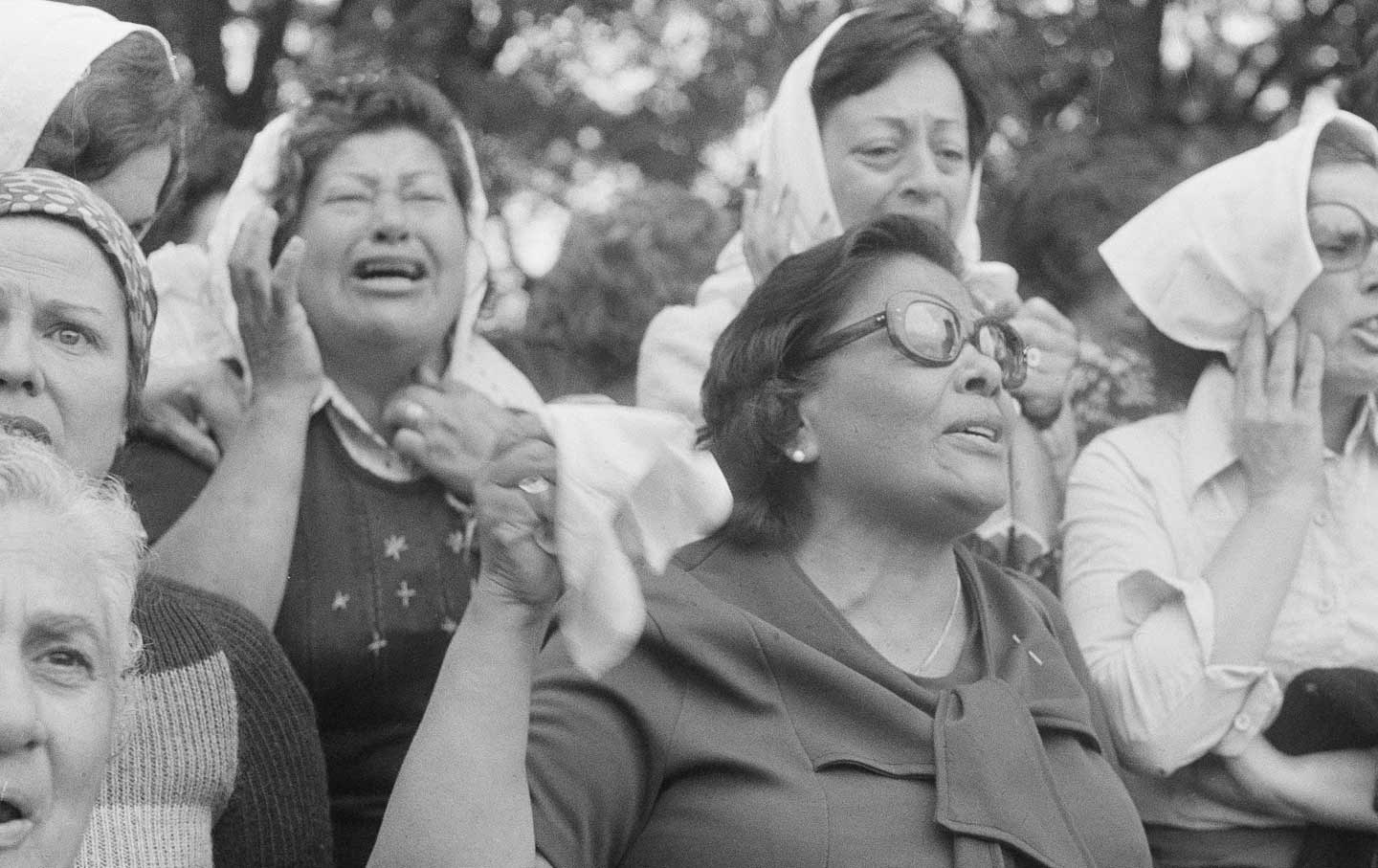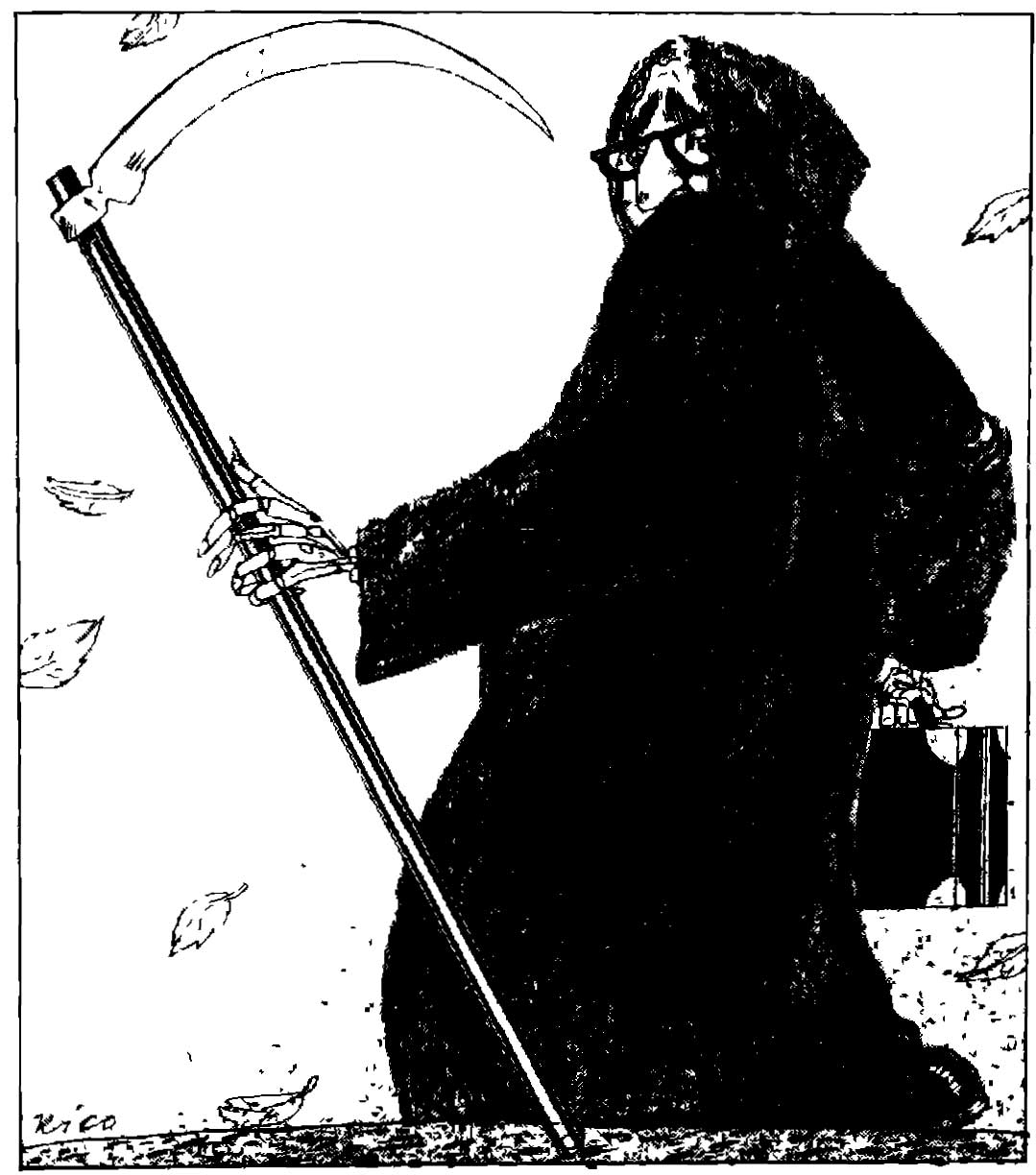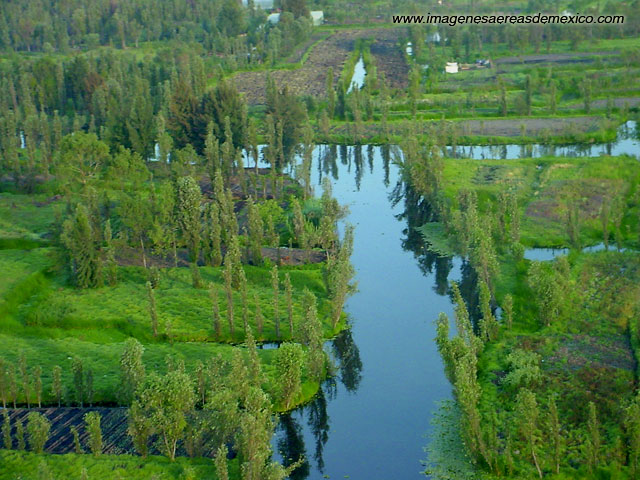Judi Lynn
Judi Lynn's Journal How Much Did the US Know About the Kidnapping, Torture, and Murder of Over 20,000 People in Argent
How Much Did the US Know About the Kidnapping, Torture, and Murder of Over 20,000 People in Argentina?
Now, President Obama has the chance to apologize for US complicity in the dirty war.
By Martin Edwin Andersen

[font size=1]
The Mothers of the Plaza de Mayo engage in an anti-government protest over the imprisonment and kidnappings of their husbands and children in Buenos Aires in November 1977. (AP Photo)
[/font]
Dear Mr. President,
After a historic visit to Cuba, later this month on March 24, you plan to be in Buenos Aires, Argentina, on the fortieth anniversary of a vicious military coup that resulted in the secret kidnapping, torture, and murder of more than 20,000 people, including leftist guerrillas, nonviolent dissidents and even many uninvolved citizens caught in the web of terror.
In an October 1987 article in The Nation (PDF), I broke the story about how the murderous generals and their neo-Nazi minions received a “green light” for their clandestine repression from then–Secretary of State Henry Kissinger. Although buttressed by other sources, the Nation story was largely based on a memorandum of conversation I received from Patricia Derian, the wonderfully feisty activist and Mississippi civil rights hero.
Appointed by President Jimmy Carter as the first Assistant Secretary of State for Human Rights and Humanitarian Affairs, Patt’s role was key in bringing to life Carter’s desperately needed post-Vietnam and post-Watergate Human Rights Revolution.
The “memcom” Derian gave me was based on her 1977 conversation in the Buenos Aires Embassy with then-Ambassador Robert Hill, a conservative five-time GOP ambassadorial appointee. It was Hill who had bravely waged a behind-the-scenes struggle against Kissinger’s secret stamp of approval for those who had earlier staged the coup, refusing to back off when Kissinger’s aides warned Hill he might be fired even as he sought to save lives in Argentina.
“It sickened me,” Patt told me in the home she shared in Alexandria, Virginia, with fellow Mississippi human rights crusader Hodding Carter III, her husband and Jimmy Carter’s State Department spokesman, “that with an imperial wave of his hand, an American could sentence people to death on the basis of a cheap whim. As time went on I saw Kissinger’s footprints in a lot of countries. It was the repression of a democratic ideal.”
. . .

More:
http://www.thenation.com/article/how-much-did-the-us-know-about-the-kidnapping-torture-and-murder-of-over-20000-people-in-argentina/
Hillary Lost My Vote in Honduras
March 2, 2016
Hillary Lost My Vote in Honduras
by Alexandra Early
I am one of the many young women who to the consternation of so many pundits is just not Ready for Hillary in 2016. And it’s not because I am a bad feminist, it’s because I am judging Hillary Clinton, just as she has asked to be judged, on her record and her foreign policy credentials. I spent nearly five years in Central America working as a cross-border solidarity activist and I now work with immigrants in Massachusetts who have fled the violence in that region. So, I might have been moved by Clinton’s recent pledge to “campaign for human rights” and take on immigration reform. But I have seen first-hand how Clinton failed on that front when top military commanders in Honduras (all men, of course) overthrew its democratically elected president Manual Zelaya in 2009.
Since that military takeover, nearly all sectors of Honduran society—union organizers, farmers and teachers, women and young people, gays, journalists, political activists, anyone who resisted the coup—have faced systematic repression. Honduras has become one the most violent countries in the world not formally engaged in a civil war, and it’s now a leading source of forced migration to the U.S.
President Obama initially criticized Zelaya’s ouster and forced exile as a threat to democracy throughout the region. But the Obama administration, led by then-Secretary of State Hillary Clinton, refused to formally recognize that a military coup had taken place and never cut U.S. military aid to Honduras. Clinton’s State Department even lobbied the Organization of American States, which strongly condemned the coup, to readmit Honduras after its suspension from the OAS. In November 2009, the Administration recognized the election of Porfirio Lobo, even though most opposition parties and major international observers boycotted the election. Since the coup, the U.S. has built two new military bases in Honduras and increased its support and funding for the Honduran military and police.
While living in El Salvador, I participated in four human rights delegations to Honduras and witnessed how the country’s democratic institutions were destroyed by the military takeover and its aftermath. During each visit, we interviewed multiple victims of physical threats, beatings, kidnappings, and imprisonment and heard stories about growing government corruption.
In November of 2013, I was part of a group of 40 international observers from El Salvador and the U.S. who traveled to Honduras together to observe the presidential elections. In this national election, Xiomara Castro, the wife of Manuel Zelaya, ran with wide public support. However, as Rights Action reported, more than 30 candidates of her new left-wing party, Libre, were murdered or suffered violent attacks in the run up to the election. The common refrain we heard among poor Hondurans before the day of the big vote was, ‘Xiomara will win, if they let her’.“They” did no such thing, of course. Instead, the right wing candidate, Juan Orlando Hernandez was declared the winner, even though numerous international groups observing the election found evidence of vote buying, intimidation and other irregularities.
More:
http://www.counterpunch.org/2016/03/02/hillary-lost-my-vote-in-honduras/
Brazil starts building snazzy new research station in Antarctica
Brazil starts building snazzy new research station in Antarctica
By Herton EscobarMar. 2, 2016 , 1:30 PM

[font size=1]
Artist's conception of Brazil’s new Antarctic research station, planned to open in 2018.
Brazilian Navy
[/font]
Four years after its old research station went up in flames, Brazil has started work on a new $100 million scientific stronghold in Antarctica. A symbolic founding stone was unveiled on Monday by Brazilian defense minister Aldo Rebelo during a ceremony in Punta Arenas, Chile. The plan was to hold the event at the station site in Antarctica—at the edge of the Keller Peninsula, on King George Island—but bad weather grounded the flight that was scheduled to take the party there.
Compared with the previous base that operated for nearly 30 years, the new one, expected to be completed in 2018, has a slick futuristic design, with 17 laboratories and cozy accommodations for about 65 people. But scientists worry about whether a looming funding squeeze will crimp research by the time the station is up and running. “To build a new station is commendable. But if new research projects are not approved, it won’t do us any good,” says Yocie Yoneshigue-Valentin, a marine botanist at the Federal University of Rio de Janeiro (UFRJ) and general coordinator of the National Science and Technology Institute for Environmental Research in Antarctica.
An investigation concluded that the fire in February 2012 started in a machine room, after a fuel tank was left unattended and overflowed during a refueling operation. Two Navy officers died combating the flames; none of the roughly 30 scientists working at the station at the time were injured. The federal government responded quickly, installing 45 emergency operational modules and replacing all equipment on site within a year of the accident. That has kept Brazilian science afloat in Antarctica, with support from two Navy research ships and international collaborations. A quarter of Brazil’s science program in Antarctica depends on the land station, with the rest carried out aboard ships or in seasonal summer camps.

[font size=1]
Brazil’s Antarctic researchers are using these temporary digs on King George Island installed after their old station burned down in February 2012.
Brazilian Navy
[/font]
But since the national economy took a dive in 2015, research funding across the board has withered, making grants a bigger concern than infrastructure for most scientists. Jefferson Simões, a leading glaciologist at the Federal University of Rio Grande do Sul and coordinator of the National Institute of Science and Technology for the Cryosphere, hopes the new station won’t become an “empty house.” The last time the federal government issued a call for research in Antarctica was in 2013, and that pot of money is expected to dry up in the next 6 months, he says. “That’s the big question now: What are we going to do after October, when the money runs out?”
More:
http://www.sciencemag.org/news/2016/03/brazil-starts-building-snazzy-new-research-station-antarctica
Rolling Stones Announce Free Cuba Concert
Rolling Stones Announce Free Cuba Concert
BY Robert Michael Poole | March 01, 2016

The Rolling Stones will perform the first open air concert in Cuba by a British rock band after announcing a surprise show to take place on March 25. The Stones are currently on their America Latina Ole Tour originally set to end in Mexico City on March 17, but will now visit Cuba just three days after U.S. President Barack Obama makes his own historic visit.
“We have performed in many special places during our long career but this show in Havana is going to be a landmark event for us, and, we hope, for all our friends in Cuba too,” said a statement, with the band following the Manic Street Preachers to the country – the most prominent English band to play Cuba when they performed in front of President Fidel Castro at Havana's Karl Marx Theatre in 2001. Castro had previously marginalized rock music since the 1950s.
The Rolling Stones show, their first in the Caribbean, will be filmed by director Paul Dugdale, who has previously worked with Coldplay and Adele, and award winning production company JA Digital. “It’s a great honour to be working with the Rolling Stones again on this hugely exciting and historic event,” said Julie Jakobek of JA Digital.
The band will also be running a musician-to-musician initiative in which musical instruments and equipment are donated by manufacturers for Cuban musicians, no matter what genre they play. The project is supported by The Gibson Foundation, Vic Firth, RS Berkeley, Pearl, Zildjian, Gretsch, Latin Percussion, Roland and BOSS, along with the Latin GRAMMY Cultural Foundation.
More:
http://uk.blouinartinfo.com/news/story/1343452/rolling-stones-announce-free-cuba-concert#sthash.nTBOEP26.dpuf
12 Peruvian Artworks That Define My Nation
12 Peruvian Artworks That Define My Nation

Published by Pedro Moreno Vasquez March 1, 2016 1:22 pm
Step into any Peruvian restaurant in the United States, and you may glimpse some artistic motifs hanging on the walls. Such artworks are supposed to capture the Peruvian spirit. The purpose behind it is to admire them while you munch your delicious Peruvian dish. Admire, reflect and reminisce about Peru.
These artworks are very old, remounting to ages before the Inca civilization. Some of them can be found in embassies, exhibitions, Peruvian parades and artisan markets.
The US has the eagle, the Statue of Liberty and “the flag raising as Iwo Jima” as symbolic icons. But Peru, with the glorious heritage of the Incas, has a lot more. Here are some of them:
1. The Cuzqueño Paintings

When the Incas were conquered by the Spaniards, there was a big problem. The natives worshipped the Sun and refused to convert to Catholicism. Due to language barriers, visual propaganda became an option. The Spanish Crown sent a team of artists to Cuzco. These Spanish painters recruited indigenous people and taught them drawing and oil painting. This is how the Escuela Cuzqueña (Cuzco School) originated, around the year 1535.
Indigenous artists were instructed to only portray Spanish lords, kings and European themes. The paintings served as tools of indoctrination: figures of saints, Holy Mary, Jesus Christ and warrior angels were made in a massive scale. But this technique of acculturation did not quite work. Eventually, indigenous artists abandoned the Cuzco School and began portraying Inca princes and other Peruvian deities.
More:
http://xpatnation.com/peruvian-artworks-that-define-my-nation/#.t09Y02H8D
Stifling Academic Freedom, the NRA Way
March 1, 2016
Stifling Academic Freedom, the NRA Way
by Laura Finley
That conservative forces have long sought to squash dissent and curtail rigorous academic debate on campuses is far from a secret. From the militarization of many campuses, academic repression of faculty, excessive and difficult-to-navigate bureaucracies, limitations on free speech and more, college students, staff and faculty members today face many challenges as they seek to explore, debate, and take action on critical and difficult issues. The gun lobby has seized on this environment of academic stifling, promoting firearms as the answer to an array of problems on campuses and beyond. Don’t want to get raped? Carry a gun, or it’s your own fault. The best way to prevent an active shooter situation? Everyone pack heat. The chilling effect of the campus carry laws that have been enacted has been immediately visible.
The state of Texas passed a campus carry law that is set to take effect on August 1, 2016. Already, professors at the University of Houston were told that once the new law is effective, they might want to “be careful discussing sensitive topics,” “drop certain topics from your curriculum,” “’Not go there’ if you sense anger,” “limit students access off hours,” “go to appointment-only office hours,” and “only meet ‘that student’ in controlled circumstances.” Evidently, if I taught at that university my sociology classes could no longer cover well…anything. The NRA supports campus carry bills being considered in Florida, and in a memo to NRA members and friends dated November 2, 2015, NRA Past President Marion Hammer denounced educators who oppose the bill, amping up the rhetoric about how gun-free campuses are unsafe, there “murderers, rapists, terrorists, and robbers may commit crimes without fear of being harmed by their victims.” Hammer’s memo even uses quotations around the words “educators,” clearly implying that the many college administrators, professors and faculty members who do not support campus carry laws have dubious credentials.
The American Association of University Professors (AAUP) has noted that case law is clear: faculty have primary responsibility for determining curriculum, and academic freedom is critical for teaching their courses such that they include the most essential and evolving topics in their fields. The American Federation of Teachers (AFT) has issued similar calls to vigorously resist efforts to undermine academic freedom by people with “ideological or commercial agendas.” It is hard to see the NRA and its cronies as anything but having both an ideological and commercial agenda.
The courts have long noted that the primary purpose of higher education is to afford a marketplace for the full exchange of ideas. It is through this exchange that students come to see the very real problems in the world and how they might be part of the solution. That is next to impossible when faculty are told to abort discussion of anything that might stimulate or even upset a student, who then might start firing indiscriminately.
More:
http://www.counterpunch.org/2016/03/01/stifling-academic-freedom-the-nra-way/
Greg Palast:Rubio's Billionaire wins ransom
Rubio's Billionaire wins ransom
from Argentina
Monday, February 29, 2016
(Greg Palast has investigated Paul "The Vulture" Singer for BBC TV and The Guardian for the last 9 years.)
Paul Singer, known as The Vulture, won a $4.65 billion payment from Argentina* — nearly ONE HUNDRED TIMES his "investment" of $50 million in old Argentina bonds. It was, in finance speak, the most successful "vulture attack" ever.
[center] [/center]
[/center]
Singer’s actions are outlawed in most of the civilized world. Hillary Clinton, as Secretary of State, attempted to stop Singer’s predatory act, but Singer did a brilliant end-run: he used his cash to help elect a new President in Argentina that would jump to his tune and pay him billions.
Now, he’s attempting to do the same to the USA: pick a president for us who will feather his vulture's nest. He’s the number one donor sugar daddy for Marco Rubio’s candidacy (See, "Who Hatched Rubio"![]() . Singer is also the big bankroller of Karl Rove, to make sure that, even if he can’t sell Rubio to the GOP base, at least The Vulture can use "Turdblossom" Rove to ensure that Hillary won’t become President and put him out the of vulture business.
. Singer is also the big bankroller of Karl Rove, to make sure that, even if he can’t sell Rubio to the GOP base, at least The Vulture can use "Turdblossom" Rove to ensure that Hillary won’t become President and put him out the of vulture business.
Rubio, in fact, skirted some ethical lines in his attempts to pressure the State Department to side with his corpse-chewing donor against Argentina.
As I’ve said, Singer directs his fellow billionaires’ investments in candidates. So, it is not surprising to see The Kochs lend their top political operative, Marc Short, to Singer's man, Rubio.
More:
http://www.gregpalast.com/rubios-billionaire-wins-ransom-from-argentina/
Mexico’s Chinampas – Wetlands Turned into Gardens – Fight Extinction
Mexico’s Chinampas – Wetlands Turned into Gardens – Fight Extinction
By Emilio Godoy

[font size=1]
A farmer transports his freshly harvested crops from his chinampa - a rectangular garden on land reclaimed from the
wetlands of Mexico City - along a canal in Xochimilco. But this age-old Aztec technique used to feed the local population
is threatened by the encroaching city and by pollution. Credit: Emilio Godoy/IPS
[/font]
XOCHIMILCO, Mexico , Feb 27 2016 (IPS) - David Jiménez grows two kinds of lettuce and other fresh produce on his “chinampa” or artificial island just under one hectare in size in San Gregorio Atlapulco, on the south side of Mexico City.
“We can get five or six harvests a year. Lettuce can grow in 30 days,” Jiménez, the president of the six-member La Casa de la Chinampa cooperative, told IPS with evident enthusiasm. The cooperative operates in Xochimilco, one of Mexico City’s 16 boroughs.
The ejido – land held in common by the inhabitants of a village and farmed cooperatively or individually – where Jiménez has his farm covers 800 hectares, and is home to 800 farmers who mainly grow vegetables. Half of the ejido is made up of chinampas.
The system of chinampas dates back to the Aztecs, long before the arrival of the Spanish conquistadors in the 15th century. The technique creates small, rectangular gardens reclaimed from Mexico City’s marshy lakebed by piling up soil on a mat of sticks, using wattle as fencing and willow trees at the corners to secure the bed.
The chinampas are rich in muck and decaying vegetation, which provide nutrients for the crops, while the ditches between them give the plants continuous access to water. As a result, the vegetables grown there are especially rich in nutrients.
More:
http://www.ipsnews.net/2016/02/mexicos-chinampas-wetlands-turned-into-gardens-fight-extinction/
[center]






Prince Charles visiting chinampas in Xochimilco, Mexico.



 [/center]
[/center]
The Latest: Witness saw no police before KKK brawl
Source: Associated Press
The Latest: Witness saw no police before KKK brawl
Updated 6:59 pm, Saturday, February 27, 2016


. . .
:36 p.m.
A university researcher who witnessed the violent attack between Ku Klux Klan members and counter-protesters says he saw no uniformed police at an Anaheim park 3 miles from Disneyland when the brawl began.
Brian Levin, director of California State University, San Bernardino's Center for the Study of Hate and Extremism, says KKK members were quickly attacked by counter-protesters after arriving at Pearson Park Saturday afternoon.
Levin says he feared the Klansmen would be stomped to death.
Anaheim police had notified the public about the planned KKK protest Friday and said they would be "monitoring the situation for any violations of law." The department also said that while the group's signs and fliers might be controversial, they are protected by the First Amendment.
Read more: http://www.chron.com/news/us/article/The-Latest-13-in-custody-after-violence-at-KKK-6858368.php
[center]

Who seems more sophisticated? Brother Theodore, above? Or this fine KKK Grand Dragon?
 [/center]
[/center]
This reminds one of another massacre, in this hemisphere, by a US-supported Peruvian President:
Page last updated at 02:17 GMT, Thursday, 12 June 2008 03:17 UK
Peruvians seek relatives in mass grave
By Dan Collyns
BBC News, Ayacucho, Peru
~ snip ~
According to the findings of Peru's Truth and Reconciliation Commission in 2003, those victims - exactly 123 men, women and children - were buried in the remote hamlet of Putis.
~ snip ~
Despite its remoteness, the testimony of relatives made the main grave easy to find.
It was shallow and, on excavation, revealed a twisted mass of skulls, bones and the remains of the clothing people were wearing on the day they were killed.
~ snip ~
"We have already found evidence that people may have been shot while in the grave, we have found bullets under the bodies embedded in the dirt."
The victims - all peasant farmers from the area - had been tricked by the military, who had set up a base in Putis, into digging their own grave.
In 1983 the region, Huanta, was controlled by the Shining Path - a brutal Maoist guerrilla group who had declared war on the state. They had killed all the local officials and the people had fled to the mountain peaks.
In November 1984, the army set up its base in Putis and invited the local population to live there under their protection. They asked them to dig a fish pond; then on 13 December they killed everyone and buried them there.
After the massacre, the soldiers sold off the villagers' livestock, according the 2003 commission report.
~ snip ~

Aurelio Condoray says he lost about 80 members of his family in the violence of that period. He, like many, stayed away for years.
He settled in the jungle, returning only to find the area abandoned.
Only now, he says, his gentle eyes widening with excitement, may he return.
"I want to bury my mother and brothers, to give them a Christian burial so they can finally have peace," he says.
More than 20 years may have passed, but the grief is still raw. The relatives gather at the graveside and begin to weep. Some point as if they recognise a scrap of clothing amid the skeletal remains.
As they sob, they mutter to themselves and their dead. Finally, heads bowed and hats off, they join in a communal prayer which lasts for several minutes.

More:
http://news.bbc.co.uk/2/hi/americas/7449079.stm
Profile Information
Member since: 2002Number of posts: 160,633